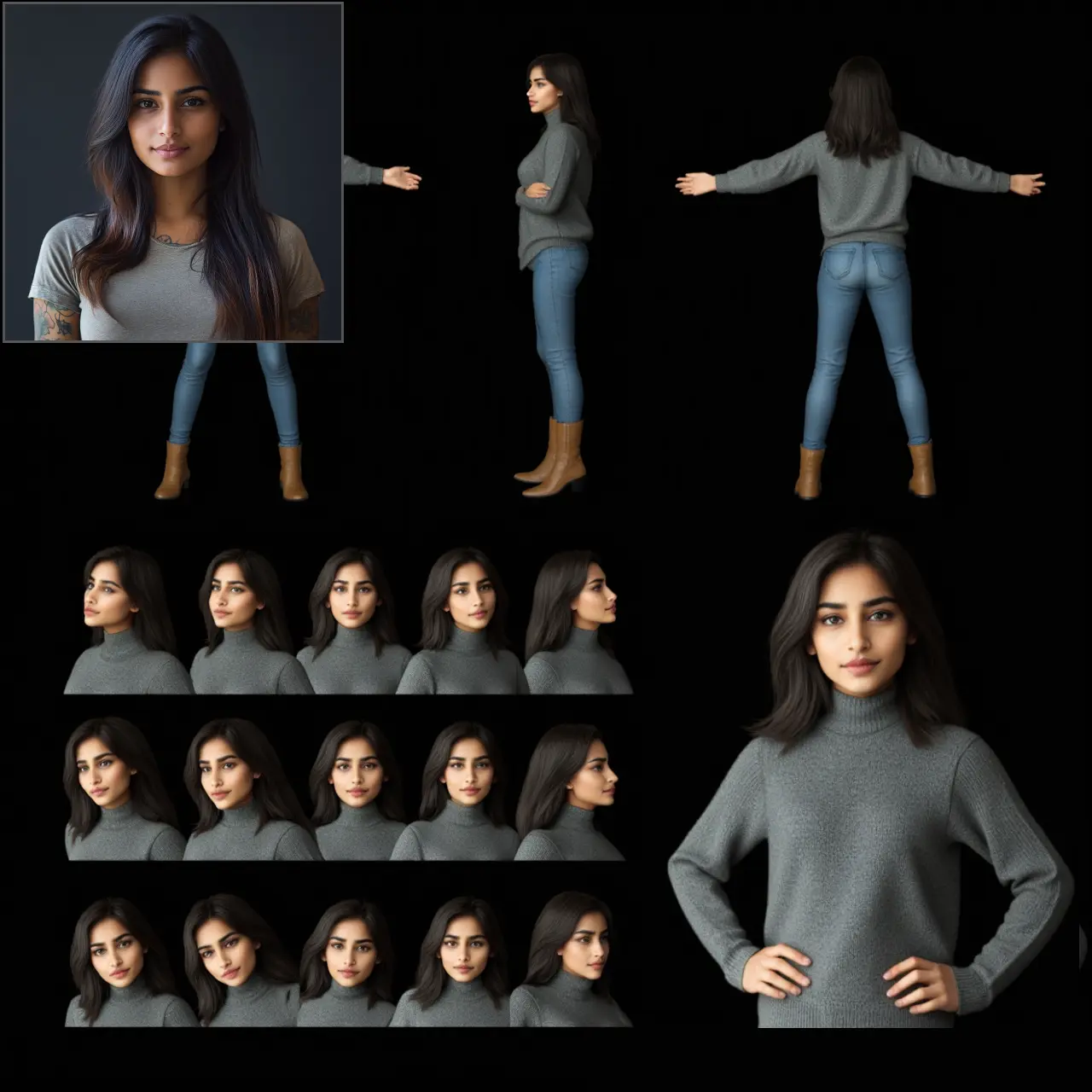ComfyUI Node: Mikey Sampler Tiled Advanced
MikeySamplerTiledAdvanced
CategoryMikey/Sampling
bash-j (Account age: 4472days)Extension
Mikey NodesLatest Updated
2025-03-22Github Stars
0.14K
How to Install Mikey Nodes
Install this extension via the ComfyUI Manager by searching for Mikey Nodes- 1. Click the Manager button in the main menu
- 2. Select Custom Nodes Manager button
- 3. Enter Mikey Nodes in the search bar
Visit ComfyUI Online for ready-to-use ComfyUI environment
- Free trial available
- 16GB VRAM to 80GB VRAM GPU machines
- 400+ preloaded models/nodes
- Freedom to upload custom models/nodes
- 200+ ready-to-run workflows
- 100% private workspace with up to 200GB storage
- Dedicated Support
Mikey Sampler Tiled Advanced Description
Enhances sampling by dividing input into tiles for efficient processing and high-quality results.
Mikey Sampler Tiled Advanced:
The MikeySamplerTiledAdvanced node is designed to enhance the sampling process by dividing the input into smaller, manageable tiles. This approach allows for more efficient processing and can lead to higher quality results, especially when dealing with large images or complex data. By breaking down the input into tiles, the node can apply advanced sampling techniques to each section individually, ensuring that the overall output maintains a high level of detail and accuracy. This method is particularly beneficial for AI artists who need to work with high-resolution images or intricate designs, as it helps to preserve the integrity of the original input while providing a more refined output.
Mikey Sampler Tiled Advanced Input Parameters:
tile_size
The tile_size parameter determines the dimensions of each tile that the input will be divided into. This parameter is crucial as it directly impacts the efficiency and quality of the sampling process. A smaller tile size may result in more detailed processing but can increase the computational load, while a larger tile size can reduce the processing time but may compromise on detail. The optimal tile size depends on the specific requirements of your project and the capabilities of your hardware. Typical values range from 32 to 256 pixels, with a default value often set at 128 pixels.
overlap
The overlap parameter specifies the amount of overlap between adjacent tiles. This overlap is important to ensure seamless transitions and to avoid visible seams in the final output. A higher overlap can improve the quality of the transitions but will also increase the computational load. Conversely, a lower overlap reduces the processing time but may result in noticeable seams. The overlap is usually expressed as a percentage of the tile size, with common values ranging from 10% to 50%.
sampling_method
The sampling_method parameter allows you to choose the specific sampling technique to be applied to each tile. Different methods can produce varying results, and the choice of method can significantly impact the final output. Common sampling methods include nearest-neighbor, bilinear, and bicubic interpolation. Each method has its own strengths and weaknesses, and the best choice depends on the nature of your input and the desired quality of the output.
Mikey Sampler Tiled Advanced Output Parameters:
sampled_image
The sampled_image parameter is the final output of the node, representing the processed image after the advanced sampling techniques have been applied to each tile. This output is typically a high-resolution image that maintains the detail and quality of the original input while benefiting from the enhanced processing provided by the tiling approach. The sampled image is ready for further use in your projects, whether for display, further editing, or as input to other nodes in your workflow.
Mikey Sampler Tiled Advanced Usage Tips:
- Experiment with different
tile_sizevalues to find the optimal balance between processing time and output quality for your specific project. - Adjust the
overlapparameter to ensure seamless transitions between tiles, especially when working with high-resolution images. - Try different
sampling_methodoptions to see which one produces the best results for your input data.
Mikey Sampler Tiled Advanced Common Errors and Solutions:
"Tile size too large"
- Explanation: The specified tile size exceeds the dimensions of the input image.
- Solution: Reduce the
tile_sizeparameter to a value that is smaller than the dimensions of the input image.
"Insufficient overlap"
- Explanation: The overlap between tiles is too small, resulting in visible seams in the final output.
- Solution: Increase the
overlapparameter to ensure smoother transitions between tiles.
"Unsupported sampling method"
- Explanation: The chosen sampling method is not supported by the node.
- Solution: Select a different
sampling_methodfrom the available options (e.g., nearest-neighbor, bilinear, bicubic).
Mikey Sampler Tiled Advanced Related Nodes
RunComfy is the premier ComfyUI platform, offering ComfyUI online environment and services, along with ComfyUI workflows featuring stunning visuals. RunComfy also provides AI Playground, enabling artists to harness the latest AI tools to create incredible art.

